Evaluating the accuracy of a nutritional screening tool for patients with digestive system tumors: A hierarchical Bayesian latent class meta-analysis
- PMID: 39705293
- PMCID: PMC11661584
- DOI: 10.1371/journal.pone.0316070
Evaluating the accuracy of a nutritional screening tool for patients with digestive system tumors: A hierarchical Bayesian latent class meta-analysis
Abstract
Background: Cancer, particularly tumors of the digestive system, presents a major global health challenge. The incidence and mortality rates of these cancers are increasing, and many patients face significant nutritional risks, which are often overlooked in clinical practice. This oversight can lead to serious health consequences, underscoring the need for effective nutritional assessment tools to improve clinical outcomes. Although several nutritional risk screening tools exist, their specific utility for patients with gastrointestinal tumors remains unclear. This study aimed to address this gap by systematically evaluating the performance of various nutritional screening tools in this patient population.
Methods: A systematic search of six databases was conducted to identify studies that met predefined inclusion and exclusion criteria. Diagnostic test metrics such as sensitivity, specificity, and likelihood ratios (positive and negative) were estimated using a hierarchical summary receiver operating characteristic model. This approach was used to compare the accuracy of different nutritional screening scales.
Results: A total of 33 eligible studies were included in this meta-analysis, assessing six nutritional screening tools: the Malnutrition Universal Screening Tool, Malnutrition Screening Tool, Nutritional Risk Screening 2002, Mini Nutritional Assessment-Short Form, Nutritional Risk Index, and Patient-Generated Subjective Global Assessment. Among these, the Patient-Generated Subjective Global Assessment demonstrated the highest performance, with a sensitivity of 0.911 (95% confidence interval: 0.866-0.942) and a specificity of 0.805 (95% confidence interval: 0.674-0.891), outperforming the other screening tools.
Conclusions: This study confirms the effectiveness of the Patient-Generated Subjective Global Assessment in identifying malnutrition risk among patients with digestive system tumors. However, as this research focused on a Chinese population, future studies should encompass a broader geographic scope and work toward standardized assessment criteria to enhance the global validation and refinement of nutritional screening tools.
Copyright: © 2024 Yang et al. This is an open access article distributed under the terms of the Creative Commons Attribution License, which permits unrestricted use, distribution, and reproduction in any medium, provided the original author and source are credited.
Conflict of interest statement
The authors assert that there are no conflicts of interest in the conduct of this study.
Figures
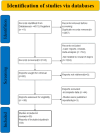

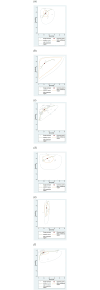
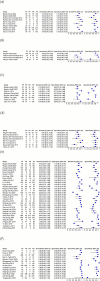
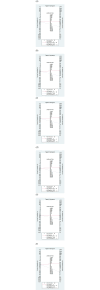
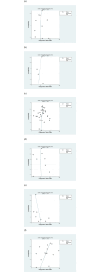
Similar articles
-
Nutritional screening tools for adult cancer patients: A hierarchical Bayesian latent-class meta-analysis.Clin Nutr. 2021 Apr;40(4):1733-1743. doi: 10.1016/j.clnu.2020.09.033. Epub 2020 Oct 3. Clin Nutr. 2021. PMID: 33041089
-
Bayesian diagnostic test evaluation and true prevalence estimation of malnutrition in gastric cancer patients.Clin Nutr ESPEN. 2024 Feb;59:436-443. doi: 10.1016/j.clnesp.2023.12.019. Epub 2023 Dec 28. Clin Nutr ESPEN. 2024. PMID: 38220406
-
Comparison of three objective nutritional screening tools for identifying GLIM-defined malnutrition in patients with gastric cancer.Eur J Clin Nutr. 2025 Jan;79(1):64-70. doi: 10.1038/s41430-024-01514-9. Epub 2024 Sep 29. Eur J Clin Nutr. 2025. PMID: 39343804
-
Validity of Nutritional Screening Tools for Community-Dwelling Older Adults: A Systematic Review and Meta-Analysis.J Am Med Dir Assoc. 2019 Oct;20(10):1351.e13-1351.e25. doi: 10.1016/j.jamda.2019.06.024. Epub 2019 Aug 10. J Am Med Dir Assoc. 2019. PMID: 31409560
-
Nutrition screening tools for hospitalized patients.Nutr Clin Pract. 2008 Aug-Sep;23(4):373-82. doi: 10.1177/0884533608321130. Nutr Clin Pract. 2008. PMID: 18682588 Review.
References
-
- Expert consensus on nutritional therapy for patients with malignant tumors. J Clin Oncol. 2012;17(1):59–73.
-
- Chhikara BS, Parang K. Global cancer statistics 2022: the trends projection analysis. Chem Biol [lett.]. 2023;10(1):451.
-
- Liu Z, Li Z, Zang Y, Zhou T, Zhang J, You W, et al.. Interpretation of the 2020 global cancer statistics report. Electron J Compr Cancer Ther. 2021;7(2):1–13.
Publication types
MeSH terms
LinkOut - more resources
Full Text Sources
Medical
Miscellaneous

